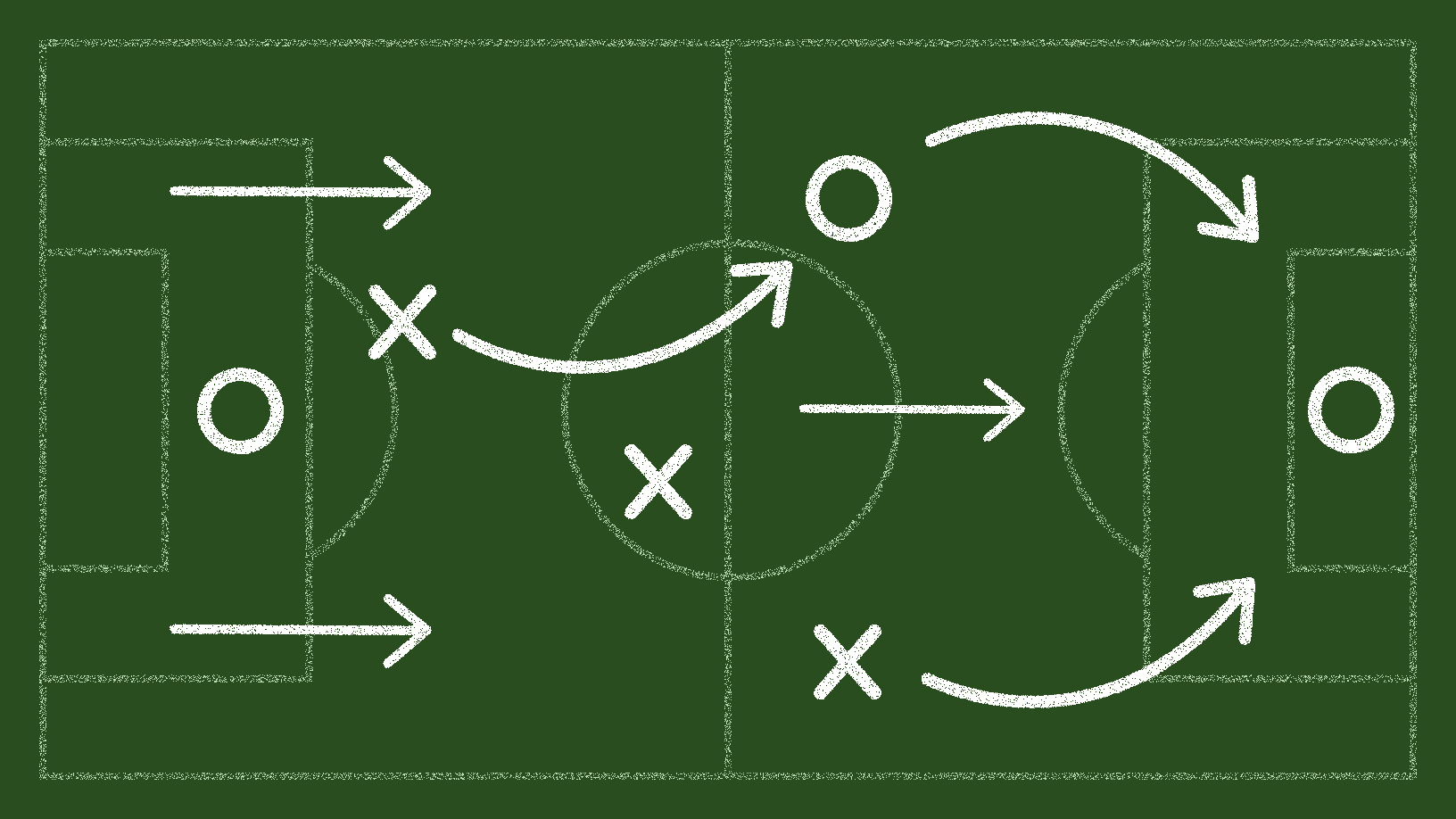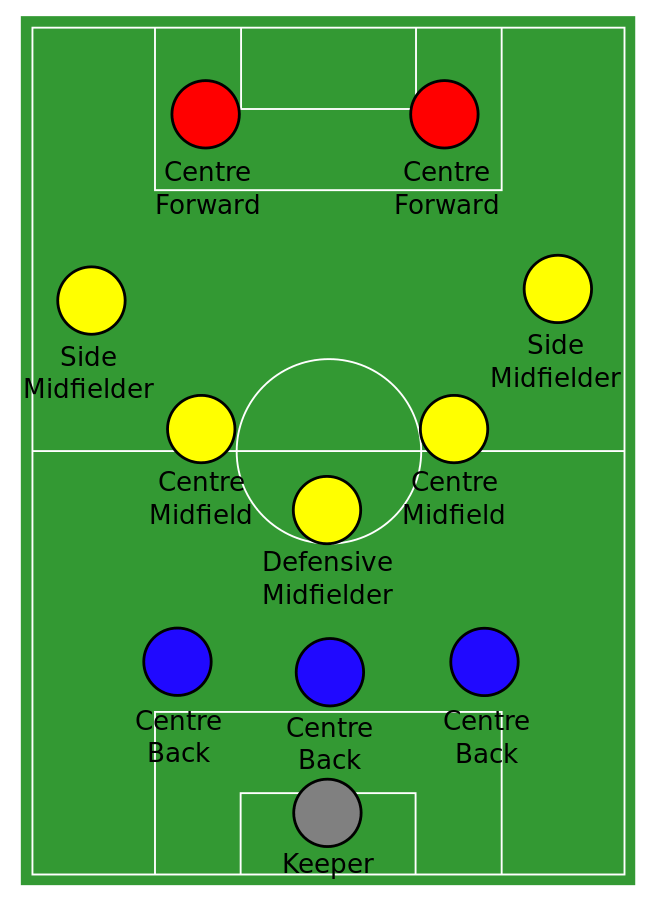“Popular Football Tactics in Ghana
Related Articles Popular Football Tactics in Ghana
Popular Football Tactics in Ghana

Football in Ghana holds a special place in the hearts of its people, serving as a source of national pride, unity, and entertainment. Over the years, the country has developed a distinct footballing culture, influenced by both local traditions and global trends. As such, the tactics employed by Ghanaian teams have evolved, reflecting the unique characteristics of the nation’s footballing landscape. This article delves into some of the popular football tactics in Ghana, examining their historical roots, key attributes, and notable examples.
Historical Context
To understand the current tactical landscape in Ghana, it is essential to consider the historical context. Football was introduced to Ghana (then known as the Gold Coast) in the late 19th century by European traders and missionaries. Initially, the sport was confined to the coastal areas, but it gradually spread inland, gaining popularity among the local population.
In the early days, Ghanaian football was largely unstructured, with teams relying on individual brilliance and improvisation. However, as the game evolved, so did the tactics employed by Ghanaian teams. The influence of European coaches and the exposure to international football through tournaments like the Africa Cup of Nations and the FIFA World Cup played a significant role in shaping the tactical development of Ghanaian football.
Key Tactical Approaches
Over the years, several tactical approaches have gained prominence in Ghanaian football. These tactics reflect the country’s footballing philosophy, which emphasizes attacking flair, technical skill, and a strong work ethic. Some of the most popular tactics in Ghana include:
-
Attacking Football: Ghanaian teams are known for their attacking prowess, often prioritizing offensive play over defensive conservatism. This approach is rooted in the country’s footballing culture, which values creativity, flair, and goal-scoring ability. Ghanaian teams typically employ attacking formations, such as 4-3-3 or 4-2-3-1, with an emphasis on quick transitions, incisive passing, and clinical finishing.
-
Possession-Based Football: In recent years, there has been a growing emphasis on possession-based football in Ghana. This approach involves maintaining control of the ball for extended periods, patiently building attacks, and creating opportunities through intricate passing sequences. Possession-based football requires a high level of technical skill, tactical awareness, and teamwork, which are qualities that Ghanaian players often possess.
-
High-Pressing: High-pressing is a tactic that involves applying intense pressure on the opponent in their own half, with the aim of winning back possession and creating scoring opportunities. This approach requires a high level of fitness, coordination, and aggression. Ghanaian teams often employ high-pressing tactics to disrupt the opponent’s build-up play and force turnovers in dangerous areas.

-
Counter-Attacking: Counter-attacking is a tactic that involves quickly transitioning from defense to attack, exploiting the opponent’s defensive vulnerabilities. This approach requires pace, precision, and clinical finishing. Ghanaian teams often use counter-attacking tactics to punish opponents who overcommit in attack, using their speed and skill to launch rapid breaks.
-
Defensive Solidity: While Ghanaian teams are known for their attacking flair, they also recognize the importance of defensive solidity. This involves organizing the defense, protecting the goal, and minimizing the opponent’s scoring opportunities. Ghanaian teams typically employ a disciplined defensive structure, with an emphasis on tracking runners, winning tackles, and clearing crosses.
Notable Examples
Several Ghanaian teams have successfully implemented these tactics, achieving notable success both domestically and internationally. Some of the most notable examples include:
-
The Black Stars: The Black Stars, Ghana’s national football team, have consistently showcased attacking football, possession-based football, high-pressing, counter-attacking, and defensive solidity tactics in major tournaments like the Africa Cup of Nations and the FIFA World Cup. The team’s success in these tournaments has been attributed to their ability to seamlessly blend these tactics, adapting their approach to suit the strengths and weaknesses of their opponents.
-
Asante Kotoko: Asante Kotoko, one of Ghana’s most successful football clubs, have a long history of employing attacking football tactics. The team’s philosophy is rooted in entertaining the fans and scoring goals, which has led to numerous league titles and cup victories. Asante Kotoko’s attacking style is characterized by quick passing, intricate movement, and clinical finishing.
-
Hearts of Oak: Hearts of Oak, another of Ghana’s most successful football clubs, have also embraced attacking football tactics. The team’s philosophy emphasizes creativity, flair, and goal-scoring ability, which has led to numerous league titles and cup victories. Hearts of Oak’s attacking style is characterized by quick transitions, incisive passing, and clinical finishing.
-
Aduana Stars: Aduana Stars, a relatively young club, have quickly established themselves as a force to be reckoned with in Ghanaian football. The team’s success has been attributed to their disciplined defensive structure, which allows them to frustrate opponents and launch counter-attacks. Aduana Stars’ defensive solidity is complemented by their attacking prowess, making them a formidable opponent for any team.
Challenges and Opportunities
Despite the popularity of these tactics, Ghanaian football faces several challenges that hinder its development. These challenges include:
-
Inadequate Infrastructure: Ghana’s football infrastructure is often inadequate, with many clubs lacking proper training facilities, pitches, and equipment. This makes it difficult for teams to implement sophisticated tactics, as players are unable to train and perform at their best.
-
Limited Resources: Ghanaian clubs often struggle with limited financial resources, which makes it difficult for them to attract and retain top players and coaches. This can hinder the development of tactical expertise, as teams are unable to invest in the necessary resources.
-
Lack of Professionalism: Ghanaian football is often characterized by a lack of professionalism, with many clubs lacking proper management structures, marketing strategies, and player welfare programs. This can hinder the development of a sustainable footballing culture, as players and coaches are not always able to focus on their performance.
However, Ghanaian football also has several opportunities that can be leveraged to promote its development. These opportunities include:
-
Talented Players: Ghana has a wealth of talented players, both at home and abroad, who have the potential to excel at the highest level. By investing in player development programs, Ghana can nurture these talents and create a pipeline of world-class footballers.
-
Passionate Fans: Ghanaian football fans are among the most passionate in the world, providing unwavering support for their teams. By engaging with these fans and creating a positive match-day experience, Ghanaian football can generate revenue and attract investment.
-
Growing Economy: Ghana’s economy is growing rapidly, creating new opportunities for businesses and investors. By attracting investment in football infrastructure, player development programs, and club management, Ghana can create a sustainable footballing ecosystem.
Conclusion
Football tactics in Ghana have evolved over the years, reflecting the country’s unique footballing culture and the influence of global trends. Attacking football, possession-based football, high-pressing, counter-attacking, and defensive solidity are among the most popular tactics in Ghana, with several teams successfully implementing these approaches. However, Ghanaian football faces several challenges, including inadequate infrastructure, limited resources, and a lack of professionalism. By addressing these challenges and leveraging its opportunities, Ghana can promote the development of its football and achieve even greater success on the international stage.

